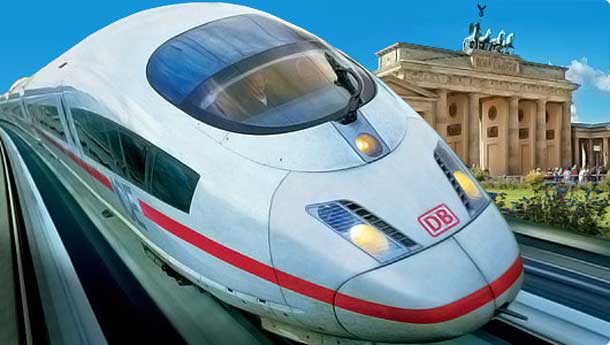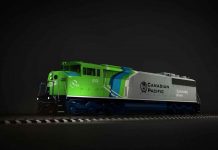Mooresville – Transportation – Poland just became the 13th country to announce a hydrail project. They are investigating the potential to extract hydrogen from coal and use it to power freight railways.
Poland joins 12 other countries that have begun the transition from diesel and overhead electric train traction to hydrail—traction that carries the electric power onboard, stored as hydrogen and returned to electricity in fuel cells. This cuts about US$10 million per mile from construction expense and US$150,000 per mile per year from maintenance.
Hydrogen Powered Rail First Raised in Thunder Bay by Dalton McGuinty
It’s been a decade and a half since Canada’s Federal Government partnered with the American Bush Administration to develop the first hydrail mining locomotive and test it in Quebec. It’s been almost 11 years since Premier Dalton McGuinty and Bombardier proposed, prophetically, to introduce hydrail for Ontario’s GO trains.
About that time, if I remember correctly, the International Union of Railways in Paris and perhaps the British Railway Safety and Standards Board also asked Bombardier to build a proof-of-concept hydrail train to prompt the coming European transition which Alstom’s and Hydrogenics’ announcement finally sparked in 2014.
Hydrail is the New Standard
Today it’s clear that hydrail will become the standard for rail traction over the coming decade. Besides the 13 countries that are on the move (Austria, China, the Czech Republic, Germany, India, Japan, Latvia, the Netherlands, Poland, South Africa, the UK and the USA), five major train builders either have hydrail rolling-stock in production or have announced product and/or sales: Alstom (France), CRRC (China), ICF (India), JREast (Japan), Stadler (Switzerland) and Siemens (Germany).
The ascendency of political Conservatism may actually advance the speed of hydrail’s deployment in North America. Canada and Europe decry climate change denial by the US Government but they overlook three critical points: (1) that is was the Obama administration that pulled funding from hydrogen research that had been strongly supported by President George W. Bush. Before President Obama’s Transportation Secretary, Anthony Foxx, was appointed, he repeatedly refused offers to be briefed on hydrail and would not allow it to be considered for transit projects during his tenure in Washington. (2) The current Conservative administration has a designated point person for hydrogen and fuel cells advancement in the Department of Energy. Dr. Sunita Satyapal was the Opening Keynote Speaker at Ontario’s Hydrail Symposium last November. (3) The new Secretary of Transportation is not an ideologue but a pro with deep roots, having served as Deputy Secretary of Transportation from 1989 to 1991 under President George Herbert Walker Bush (“Bush 1”).
Of particular note, Chao’s recently appointed FRA Administrator, Ron Batory, is a life-long railway professional, having retired as President and CEO of the Conrail freight railroad to take his present position. Administrator Batory has appointed Chris Hess as DOT’s hydrail point person.
To the extent that assuring that the public gets top value for tax money expended remains a keystone of political conservatism, hydrail is a clear fit. The vast sums needed to raise bridges and tunnel clearances to expand 1880s external track electrification is a poor use of public funds—even without the risk that it might have to be scrapped before its amortization life ends because the state-of-the-art has moved on and the maintenance cost has become prohibitive.
In the past when I’ve written in support of Thunder Bay’s becoming a hydrail rolling-stock supplier for North America, I have felt a bit shy about meddling from South of the Border. But now I’ve got a real dog in the fight.
The State of North Carolina’s railway system—affiliated with Amtrak—wants to offer the first hydrail service in the USA. As with Germany’s Alstom Coradia ILints in Europe, once the new technology is seen there will be a rush to the silent, uncluttered, potentially carbon-free next generation of rail traction. In the USA there are something like 330,000 miles of track—of which less than 1% is electrified, or ever can be for obvious capital cost reasons.
Hydrail essentially electrifies the whole 330,000-mile network as fast as the new trains can be produced. How fast that might be is Thunder Bay’s business as well as Mooresville’s !
Stan Thompson
Mooresville NC’s Stan Thompson is a retired planner and futurist from what is now AT&T. With Bill Thunberg and Jason Hoyle, he initiated the annual International Hydrail Conferences.At Ryerson University in 2013, their “8th IHC”—organized by Ontario’s Robert Stasko—led to the collaboration between Hydrogenics and Alstom Transport which triggered the global turn to hydrail railways. Almost all hydrail trains today are powered by fuel cells made in Canada.





